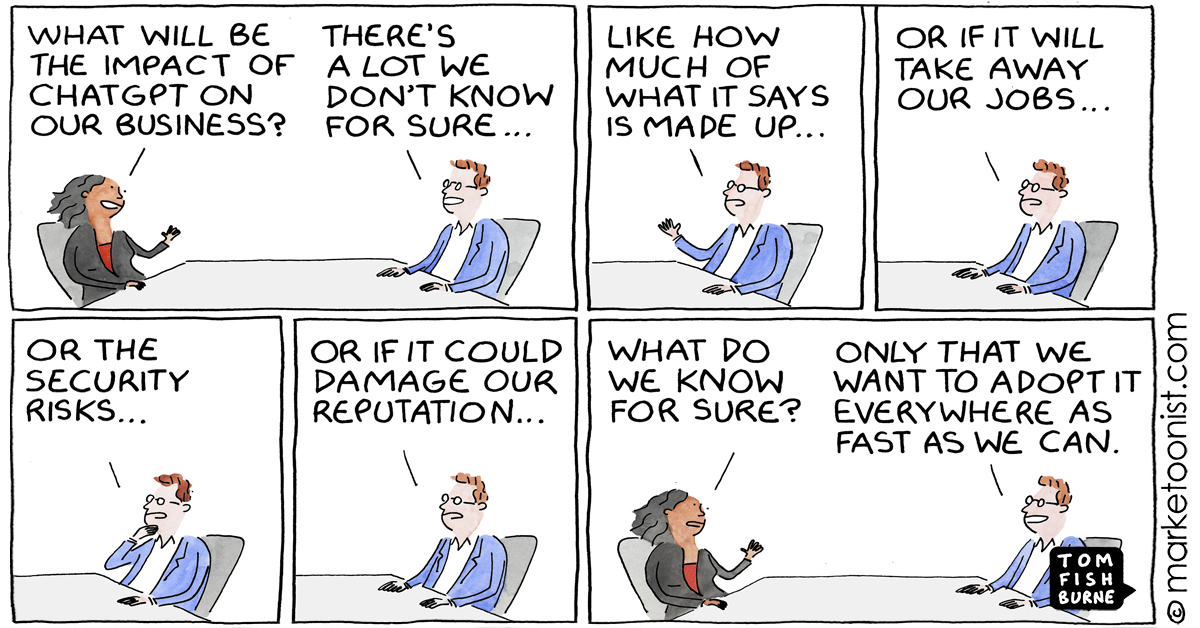Getting Started
Here you will find an overview of AI and Generative AI plus some helpful links written for a general audience. No matter your level, these are great places to start!
Do you have questions or need help? Check out the rest of this guide and reach out to our AI Support Group - a group of library faculty from multiple disciplines to offer you support as you navigate everything AI!
About AI
AI has been all over the news for quite a while now for doing everything from find that perfect chili recipe to writing a cover letter for your job application. Here you will find some starting points on what AI and more specifically generative AI are, and guidelines and resources to think about how you might use AI (or already be using) in your life.
Most major news sources have some good overviews on these topics. Here are some helpful ones written for anyone:
- "How does ChatGPT really work?" via the New York Times (4 April, 2023) - try the "homework" or "quiz" if you'd like!
- Instructions to Create your "free" New York Times account via Virginia Tech's library subscription
- 30+ AI terms to know via BBC Future Now (17 July, 2023)
Some companies even use crowd sourcing to develop their neural engines for AI these days. If you are curious, one to try is Google's Quick Draw!
Generative AI

(from https://marketoonist.com/2023/06/impact-of-chatgpt.html)
As the above cartoon highlights, there is much unknown about generative AI, but people are scrambling to use it for any application! ChatGPT might be one of the most famous (or infamous) generative AI out there right now, but there are many others that use this type of technology. Here are just some out of a growing list that have existed in the past few years (and may or may not in the future):
- Google Gemini (formerly Bard)
- Microsoft Copilot (formerly Bing)
- DALL-E
- Midjourney
- Chatsonic
- Jasper Chat
- Copy.ai
- ChatFlash - Neuroflash AI
- GrowthBar
- and more...
ChatGPT is just one of many in this type of technology, which is categorized like this:
Generative AI (GenAI) -> Foundation Models -> Large Language Models (LLM) -> ChatGPT
Basically you have GenAI that is a AI technique to allow for learning from inputs and generate new of that same type of input. Then this is applied for a specific large, broad set of data (foundation models), which is specifically text (LLM). Last, this is applied with a conversational chatbot to create content getting to the user level of ChatGPT.
For more information, also check out the history of generative AI (and AI) here if you are curious: https://www.analyticsvidhya.com/blog/2023/05/foundation-models/


